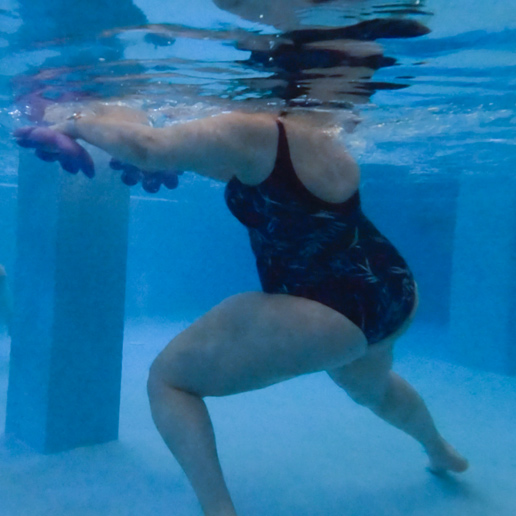THE THERAPEUTIC PROGRAMME FOR LIPOEDEMA IN PADUA
Lipoedema is a condition recognized by the WHO in 2018 and by the Italian Health Service in January 2022.
Lipoedema is a chronic, degenerative, and disabling genetic condition affecting adipose tissue, often accompanied by oedema, systemic inflammation, and pain. If neglected, it can lead to severe disability.
Clinica Linfologica Italiana di Padova è specializzata nella diagnosi collegiale e nella terapia multidisciplinare per la cura del lipedema.
With 35 years of experience in treating lymphoedema, we were among the first clinics to specialize in the treatment and care of lipoedema, too, when it was still not officially recognized as a medical condition.
If you think you have “thick legs”, it is possible that your diet is not to blame, and you may instead be suffering from lipoedema.
In fact, lipoedema is a little-known disease even among medical professionals: it is often confused with other conditions such as lifestyle-induced obesity, gynoid and localized obesity, lymphoedema, and even other aesthetic-related conditions (like common “cellulite”).
Do you believe you suffer from lipoedema, or do you already have a confirmed diagnosis? The treatment programme at the Clinica Linfologica Italiana in Padua begins with an initial lymphological consultation, during which we can evaluate your clinical situation and propose a possible personalized treatment plan.
THE THERAPEUTIC PROGRAMME FOR LIPOEDEMA AT THE CLINICA LINFOLOGICA ITALIANA IN PADUA
Our primary goal is to take care of patients with lipoedema in order to reduce and slow the progression of the condition across all five types.
Currently, there are two clinical treatment approaches for lipoedema: the conservative approach and the surgical approach.
At the Clinica Linfologica Italiana in Padua, we primarily pursue a conservative and multidisciplinary treatment approach for lipoedema, based on a treatment that has both anti-inflammatory effects and reduces tissue thickness, bringing the tissue to its maximum possible result before any potential surgery.
The surgical treatment of lipoedema is included in all guidelines and numerous scientific publications (with results available for up to 12 years of follow-up and involving hundreds of patients).
For lipoedema surgery to be effective and, most importantly, without relapses, it is essential that the patient arrives at the surgery in the best possible tissue conditions: with reduced physiological fat and water content. Only in this way can the surgical procedure achieve optimal results.
In the immediate post-surgery phase for lipoedema, the Clinica Linfologica Italiana in Padua can assist and support the patient in the days following the procedure until complete tissue recovery.


LIPOEDEMA: THE EFFECTIVENESS OF THE TREATMENT METHOD AT THE CLINICA LINFOLOGICA ITALIANA
At the Clinica Linfologica Italiana, we follow a therapeutic programme that aims to help patients gain awareness of their chronic condition, emphasizing the need to adopt behaviours that become a lifestyle.
A personalized treatment plan is recommended, based on the data collected during the initial lymphological consultation, aimed at reducing symptoms and tissue thickness.
The programme is based on a highly personalized combination, tailored to each patient’s clinical situation, of:
- Manual therapies and bandaging
- Gym and aquatic therapies
- Lymph Walking outdoors
- Innovative mechanical therapies
- Specific nutritional counselling
- Psychological and motivational support
- Possible surgical therapy
- Regular assessment of results using advanced diagnostic systems
EVIDENCE OF THE MULTIDISCIPLINARY TREATMENT APPROACH
The multidisciplinary approach to lipoedema treatment adopted at the Clinca Linfologica Italiana in Padua has the following evidence of effectiveness:
- Reduction of stasis (or oedema)
- Reduction of fibrosis in the skin or subcutaneous tissue
- Diminution or disappearance of pain
- Improvement of skin trophic conditions
- Enhancement of mobility
- Improvement of aesthetic appearance
- Reduction of psychological discomfort
- Improvement in daily functioning and quality of life

